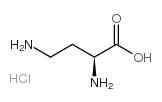| Structure | Name/CAS No. | Articles |
|---|---|---|
 |
H-Dab.HCl
CAS:1482-98-0 |
|
 |
Rutin hydrate
CAS:207671-50-9 |